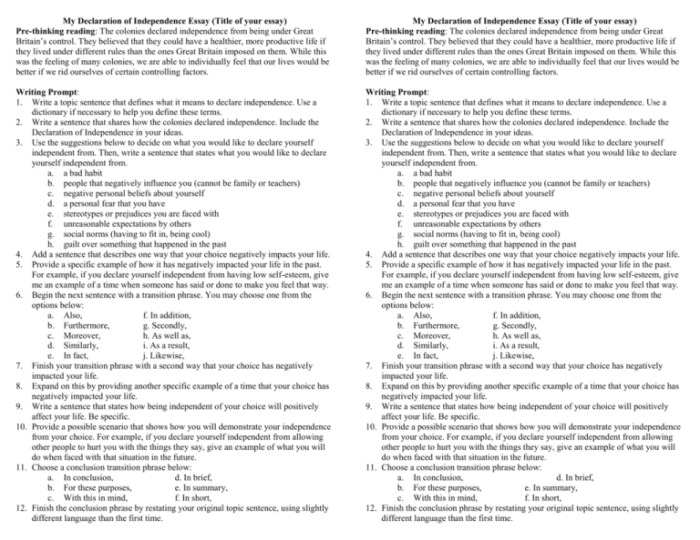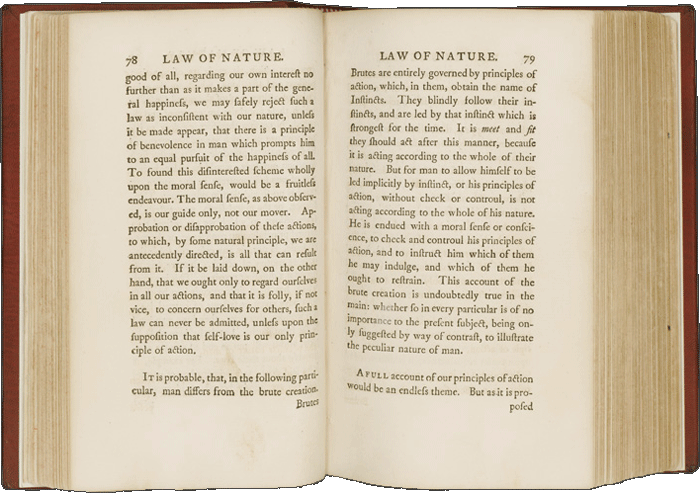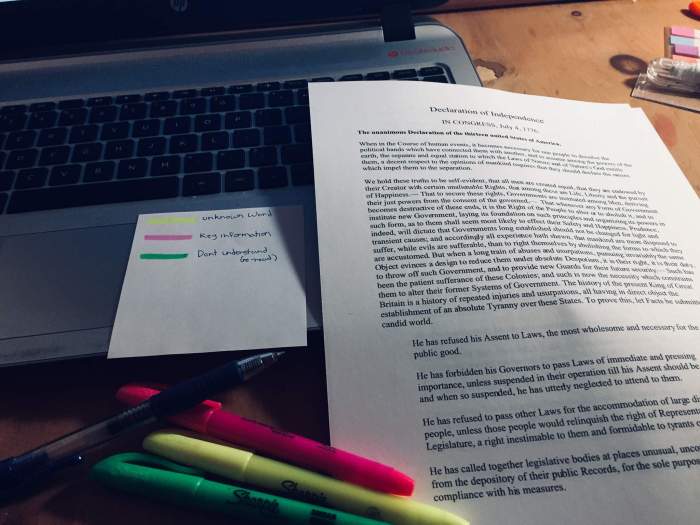Annotating the declaration of independence – The Declaration of Independence, a seminal document in American history, stands as a beacon of liberty and self-governance. Annotating this iconic text offers a profound opportunity to delve into its historical context, unravel its intricate language, and uncover the enduring principles that shaped a nation.
Through the lens of annotation, we embark on a journey to illuminate the significance of this foundational document, exploring its origins, key figures, and the profound impact it has had on American society and beyond.
Historical Context

The Declaration of Independence holds immense significance in American history, marking the birth of the United States as an independent nation. The events leading up to its signing were marked by escalating tensions between the British colonies and the British government.
Key figures involved in drafting and signing the Declaration of Independence included Thomas Jefferson, John Adams, Benjamin Franklin, Roger Sherman, and Robert Livingston. Their collective efforts resulted in a document that articulated the grievances of the colonies and their determination to establish a new nation based on the principles of liberty and self-governance.
Annotations
Annotations are a valuable tool for analyzing texts, providing additional context, interpretation, and commentary. When applied to the Declaration of Independence, annotations can enhance understanding by providing:
- Historical context
- Biographical information
- Explanation of key terms and concepts
- Identification of literary devices and rhetorical strategies
Methods of Annotation
Various methods can be used to annotate the Declaration of Independence:
- Marginal notes:Writing notes in the margins of the text.
- Underlining and highlighting:Marking important passages.
- Digital annotations:Using software or online tools to add notes, comments, and highlights.
The choice of method depends on factors such as the availability of physical space, the need for digital accessibility, and personal preference.
Creating an Annotated Version

To create an annotated version of the Declaration of Independence:
- Read the text carefully:Understand the overall meaning and identify key points.
- Identify annotations to include:Determine the types of annotations that will enhance understanding, such as historical context, definitions, or analysis.
- Organize annotations:Use a consistent format and structure for annotations, such as using different colors or symbols for different types.
- Create an interactive version:Consider using html table tags to create an interactive annotated version that allows users to easily navigate and access annotations.
Using Annotations for Analysis

Annotations can be used to analyze the language, structure, and arguments of the Declaration of Independence:
- Identifying key themes:Annotations can help identify recurring themes and ideas throughout the text.
- Understanding rhetorical strategies:Annotations can reveal the persuasive techniques used by the authors.
- Making connections:Annotations can help establish connections between different parts of the text and to other historical events or documents.
Questions Often Asked: Annotating The Declaration Of Independence
What is the purpose of annotating the Declaration of Independence?
Annotating the Declaration of Independence allows us to analyze its language, structure, and arguments, gaining a deeper understanding of its historical context and significance.
What are some common methods of annotating the Declaration of Independence?
Common methods include marginal notes, underlining and highlighting, and digital annotations, each offering unique advantages and disadvantages.
How can annotations enhance our understanding of the Declaration of Independence?
Annotations help identify key themes, patterns, and connections within the text, facilitating a more nuanced and informed interpretation of its ideas and principles.
